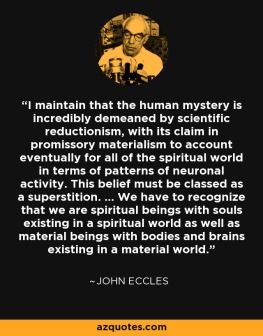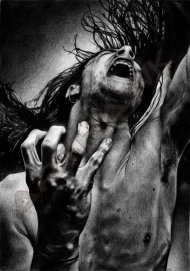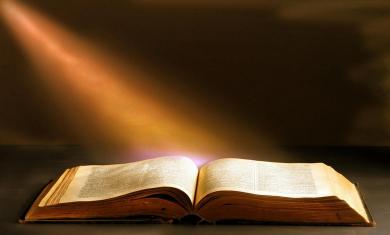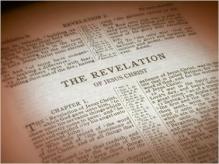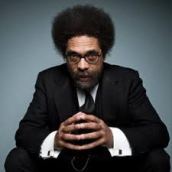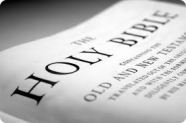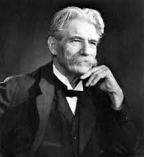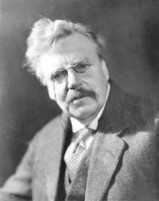Following up from our previous installment on Heisenberg’s Uncertainty Principal, Sir Arthur Eddington reminds us (from his book “The Nature of the Physical World”) that “our particle can never have simultaneously a perfectly definite position and a perfectly definite energy…. Hence in delicate experiments we must not under any circumstances expect to find particles behaving exactly as a classical particle was supposed to…”
“Awwww, but we don’t want to change,” say Eddington’s current day descendants. “We’ve always done it THIS way!” And ever since Eddington, Heisenberg, Einstein, Bohr, Planck, et al. blew the lid off the supposition that the material realm is the only basis for scientific understanding, most scientists have refused to acknowledge this scientific discovery of actual reality.
The standard scientific paradigm remains to this day the model of materialistic reductionism, in spite of the fact that our quantum physicists completely destroyed this misguided belief years ago. Try to challenge the modern day principalities and powers in their departmental chairs and lab coats, along with their research dollars and institutional obstinance, and watch your career flounder as the modern inquisition system does everything it can short of burning you at the stake (because we’re much more enlightened nowadays, right?) to discredit and demean your research, theories, and theses. There’s nothing like an atmosphere of free and open inquiry, right? Hmph.
The fact is that even the ancients knew that reality was not materially based, but was rather based upon Spirit, energy, love. The Vedantic assertion that “All is Maya” is simply a statement of reality, that the very basis for our existence in the material realm is contradiction. Although the life of our senses is good and at times can certainly be a beautiful experience, it is not eternal and exists within the context of perceived dichotomies. When a Hindu asserts that “Everything is Brahman,” they are saying that Brahman is the ground from which everything that is manifests and exists, and without which nothing could manifest or exist. Brahman is the eternal principle; Spirit, energy, love. When we attempt to translate a reality from the realm of Spirit into the material realm, we can only come up with paradox – with contradiction (which shows us that the material proceeds from the spiritual).
Two opposite truths simultaneously co-exist! This cannot be to us; it must be “Either-Or.” “Both-And” is “unacceptable.” And so science based in materialistic reductionism continues on, pretending that Either-Or is the only choice when it knows that Both-And has already won the intellectual battle. This is terrifying to them. Science proverbially sticks its fingers in its ears and says to quantum mechanics, “I can’t hear you! La la la la la!” And of course these modern day cognoscenti are much more enlightened and advanced than those ancient religious nuts, right?
So what does Jesus further have to say or do concerning Eddington’s quote at the beginning of our post? That’ll have to wait until the next entry. Until then, peace.


